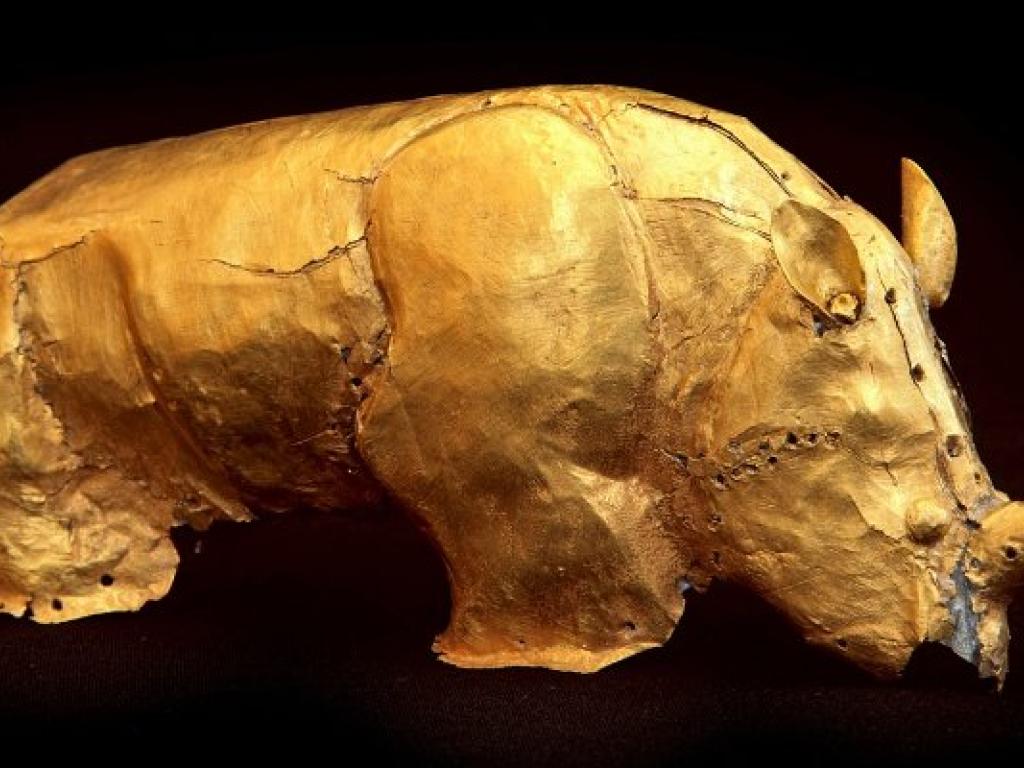A Game of Horns: Transnational Flows of Rhino Horn

A multi-sectorial regime of protection including international treaties, conservation and security measures, demand reduction campaigns and quasi-military interventions has been established to protect rhinos. Despite these efforts, the poaching of rhinos and trafficking of rhino horn continue unabated. This dissertation asks why the illegal market in rhinoceros horn is so resilient in spite of the myriad measures employed to disrupt it. A theoretical approach grounded in the sociology of markets is applied to explain the structure and functioning of the illegal market. The project follows flows of rhino horn from the source in southern Africa to illegal markets in Southeast Asia. The multi-sited ethnography included participant observations, interviews and focus groups with 416 informants during fourteen months of fieldwork. The sample comprised of, amongst others, convicted and active rhino poachers, smugglers and kingpins, private rhino breeders and hunting outfitters, African and Asian law enforcement officials, as well as affected local communities and Asian consumers. Court files, CITES trade data, archival materials, newspaper reports and social media posts were also analysed to supplement findings and to verify and triangulate data from interviews, focus groups and observations.
Central to the analysis is the concept of “contested illegality”, a legitimization mechanism employed by market participants along the different segments of the horn supply chain. These actors' implicit or explicit contestation of the state-sponsored label of illegality serves as a legitimising and enabling mechanism, facilitating participation in gray or illegal markets for rhino horn. The research identified fluid interfaces between legal, illegal and gray markets, with recurring actors who have access to transnational trade structures, and who also possess market and product knowledge, as well as information about the regulatory regime and its loopholes. It is against the background of colonial, apartheid and neoliberal exploitation and marginalization of local communities that a second argument is introduced: the path dependency of conservation paradigms. Underpinning rhino conservation and regulation are archaic and elitist conservation regimes that discount the potential for harmonious relationships between local communities and wildlife. The increasing militarization of anti-poaching measures and green land grabs are exacerbating the rhino problem by alienating communities further from conservation areas and wild animals. The third argument looks at how actors deal with coordination problems in transnational illegal markets. Resolving the coordination problems of cooperation, value and competition are considered essential to the operation of formal markets. It is argued that the problem of security provides an additional and crucial obstacle to actors transacting in markets. The systematic analysis of flows between the researched sites of production, distribution and consumption of rhino horn shows that the social embeddedness of actors facilitates the flourishing of illegal markets in ways that escape an effective enforcement of CITES regulations.
For more:
Click here to go to the repository
